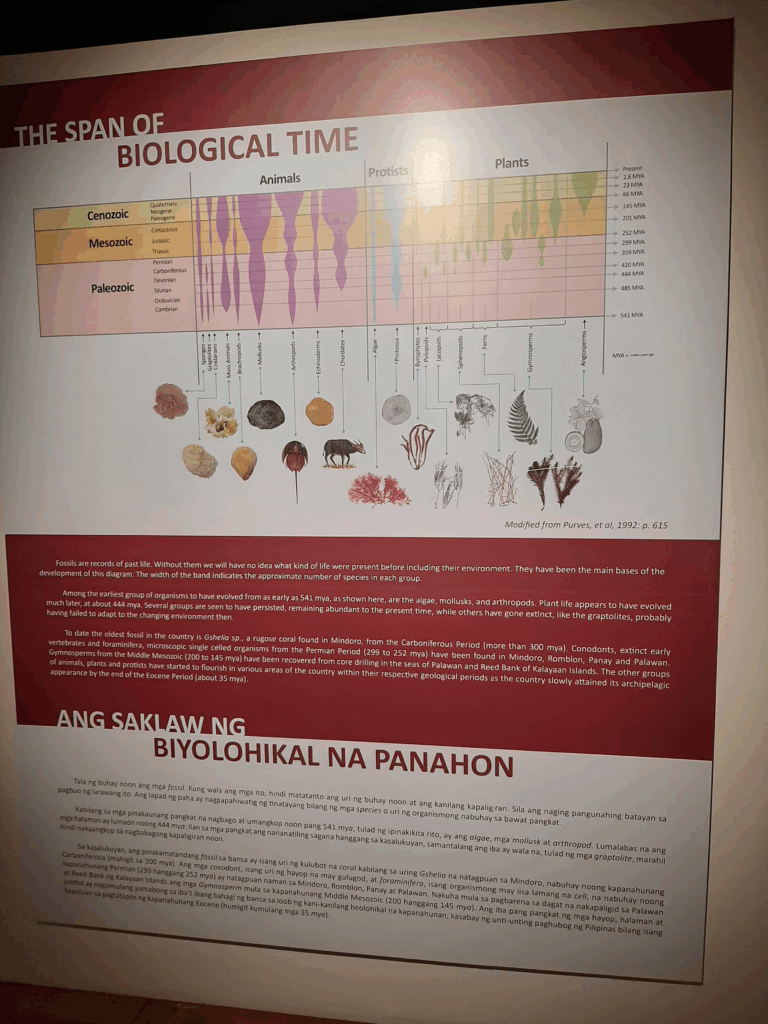Philippine museums use Filipino and English more often, putting aside minority and marginalized languages
16 May 2024

The study looks at how Filipino, English, and multilingual signs are displayed in select Philippine museums. It analyzes not only the language preferences used in these signs but also design choices (what images, fonts, and symbols are used and how these are placed within the sign) and physical placement (where in the museum these signs are placed). By looking at these factors, I was able to conclude that select Philippine museum spaces favor both Filipino and English at the expense of minority and marginalized languages—languages which make the museum space more inclusive by representing its speakers who ultimately have historical and archaeological ties with the artifacts displayed inside the museum itself. As such, to provide visibility for these minority languages, I suggested “sign display strategies” which consider these languages as the center point for signs in Philippine museum spaces in the hopes that it would combat the national fixation on dominant languages such as Filipino and English. This will offer both visibility and space for marginalized and minority languages in Philippine museum spaces. In doing so, the study aims to make museum spaces more inclusive, non-neutral, and representative of the multilingual nature of the Philippines.
Author: Nicko Enrique L. Manalastas (Department of English and Comparative Literature, College of Arts and Letters, University of the Philippines Diliman)
Read the full paper: https://doi.org/10.1075/ll.23055.man
